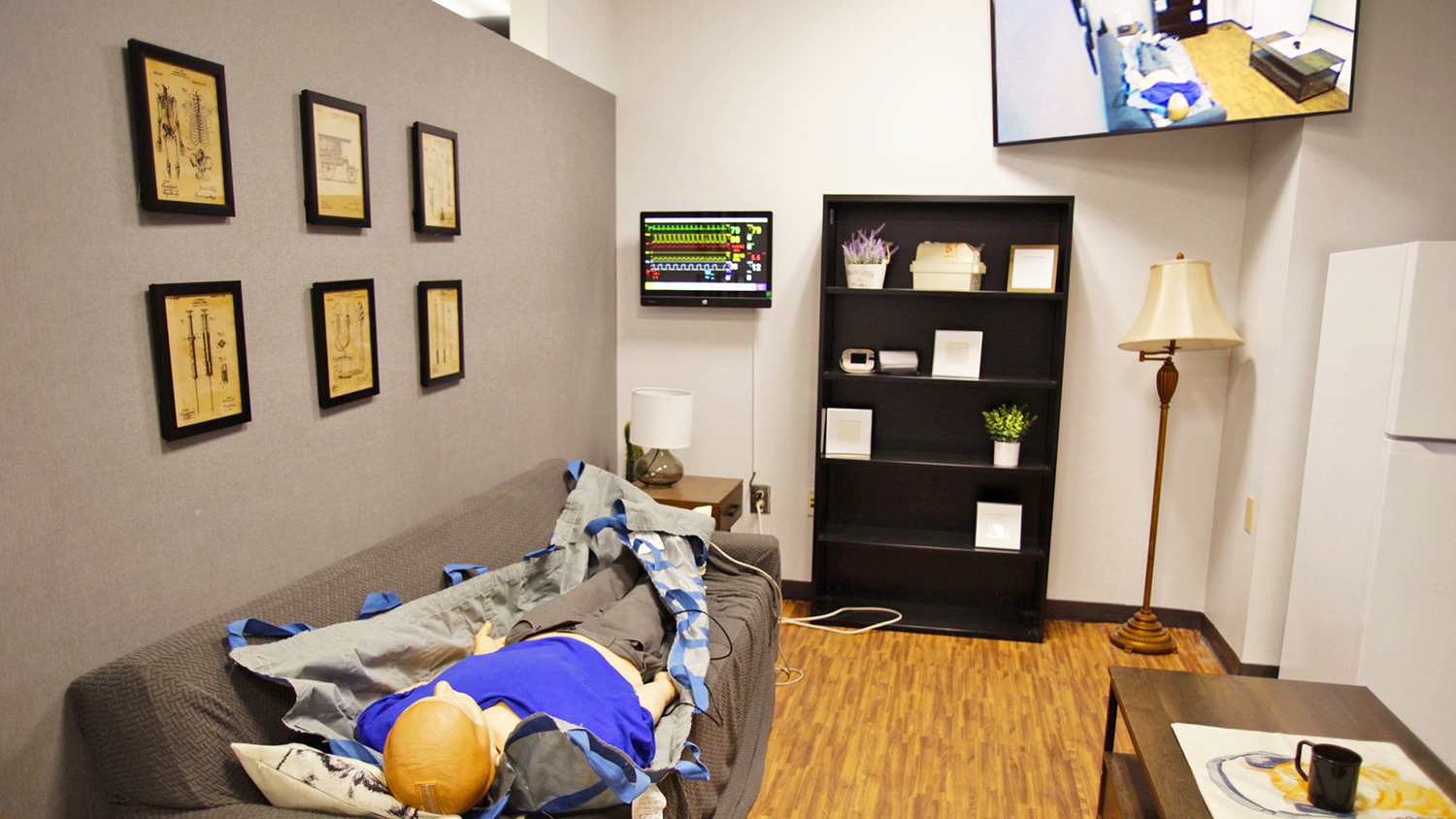Wake Technical Community College—Wake Tech—in Raleigh, NC, serves approximately 70,000 students. At the Perry Health Sciences Campus, students take courses that prepare them for certification as emergency medical technicians and paramedics.
Wake Tech's IT and AV staff designed a simulation suite AV system in-house. The Raleigh office of Pro AV integrator Inter Technologies handled system installation and commissioning. As one of Inter Technologies’ trusted suppliers and Wake Tech’s vendor of choice, Extron provided the project's AV switching, distribution, control, and audio products.
[Here's How Extron Connects Researchers in Korea with AVoIP Solutions]
An "Over-Engineering" Challenge
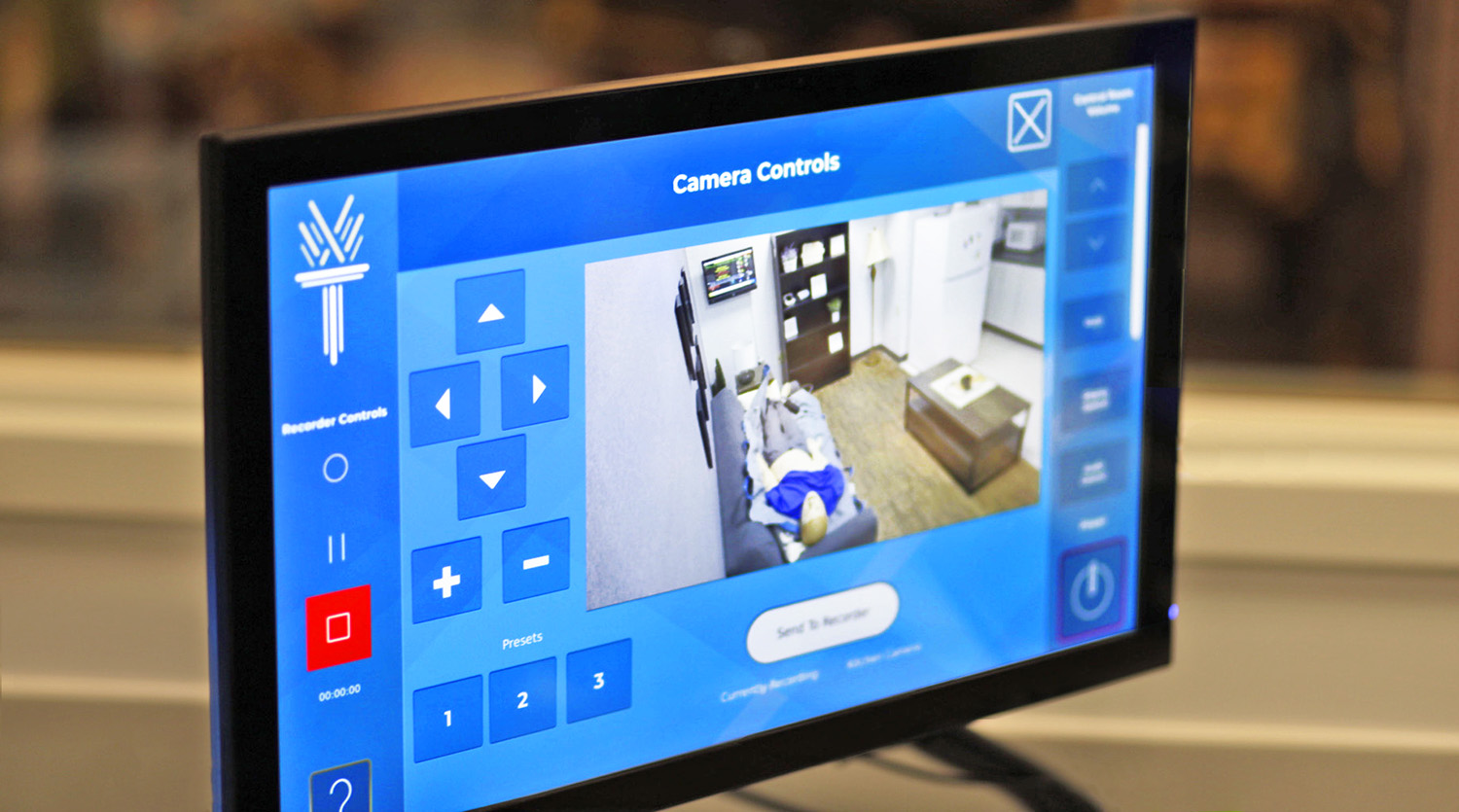
A major portion of the budget for the simulation suite went toward room construction and acquisition of the patient simulation system. The patient simulation system includes several full-body, anatomically correct adult, infant, and obstetric mannequins remotely controlled by software capable of presenting a broad set of clinical symptoms and vital signs under a variety of programmable scenarios. The audiovisual system is as important as the simulation system because it records and streams the video and audio events of the training sessions for debriefings and real-time observation by instructors and students. With the limited budget allocated to the suite’s AV system, the designers were intent on not over-engineering it. Yet, they also focused on assembling an AV system that was robust enough to support the important mission of preparing future lifesavers for their jobs, while keeping operation simple so as not to distract from training.
Design Solution: 3 Things to Know
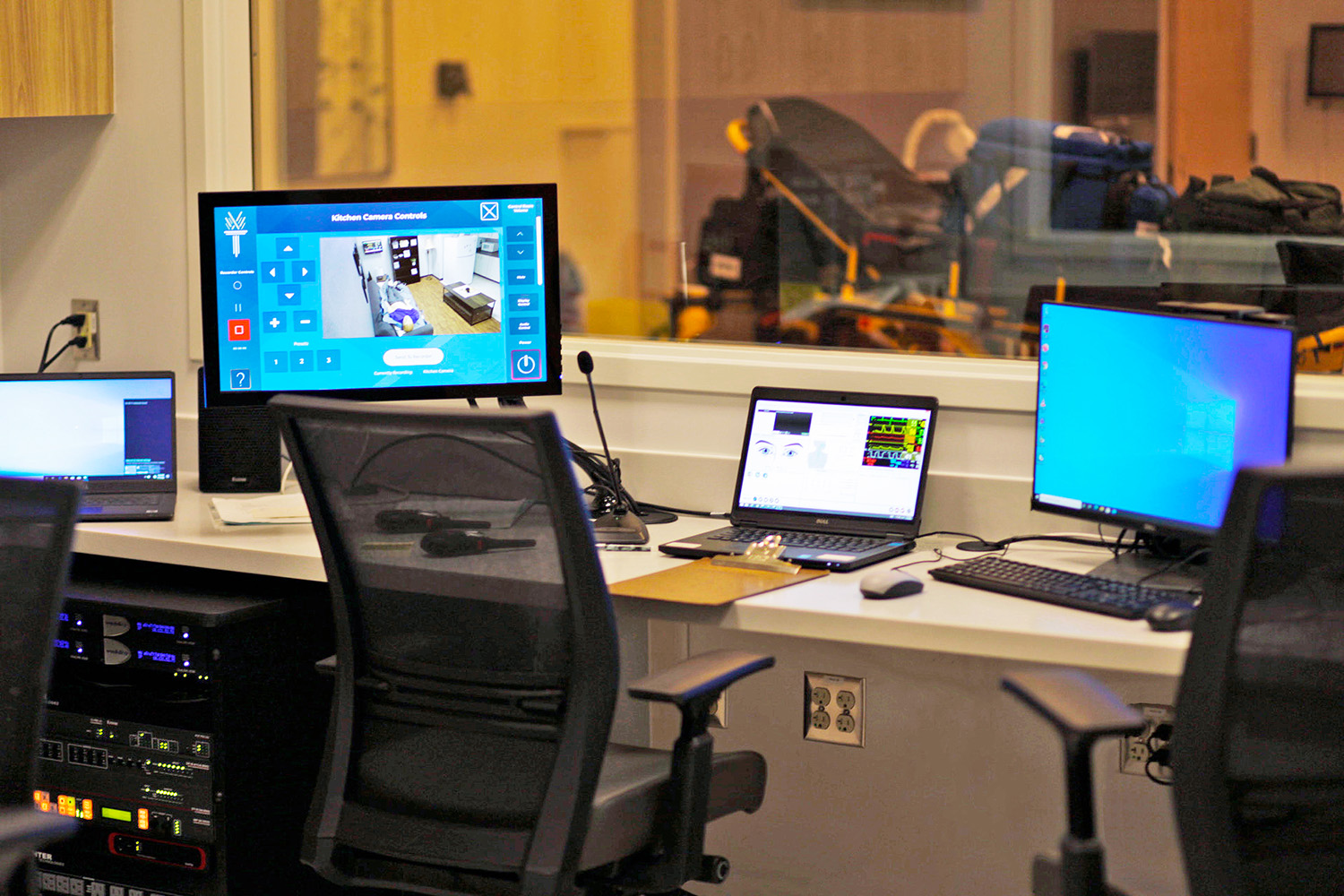
1. Training Exercises Streamed Live to Overflow Classrooms and Recorded for Debriefs
To capture all the activity during training exercises, each of the simulation suite’s four “rooms” is equipped with a PTZ camera on the wall and a beam-tracking pendant microphone on the ceiling. A DXP 84 HD 4K PLUS matrix switcher routes the HDMI video from the cameras. The simulation room mics, plus the instructor’s control room mic, feed into a digital audio distribution system that performs routing as well as digital signal processing for acoustic beam steering and acoustic echo cancellation. Two of the HDMI outputs from the video matrix switcher connect to an SMP 352 dual recording streaming media processor, which also receives analog audio from the audio DSP.
The SMP 352 records and streams training sessions from two simulation rooms simultaneously. The recordings are played back for debriefs to help students and instructors evaluate student performance. Recordings are saved to internal memory and to USB flash drives. Students can take the flash drives with them to review independently or to show others. For realism, only the student EMT team that would be present for a real-life rescue are typically in a simulation room tending to a “patient.” But the SMP 352 streaming outputs can be sent over the network to overflow classrooms, or even over the internet via a soft codec such as Zoom, allowing larger student groups to observe real time or review recordings.
[Here's How Extron Enhances Medical Training, Simulations at VinUniversity]
2. Flat Panel Displays and Speakers in the Simulation Rooms Provide Real-Time Views of Training Activities
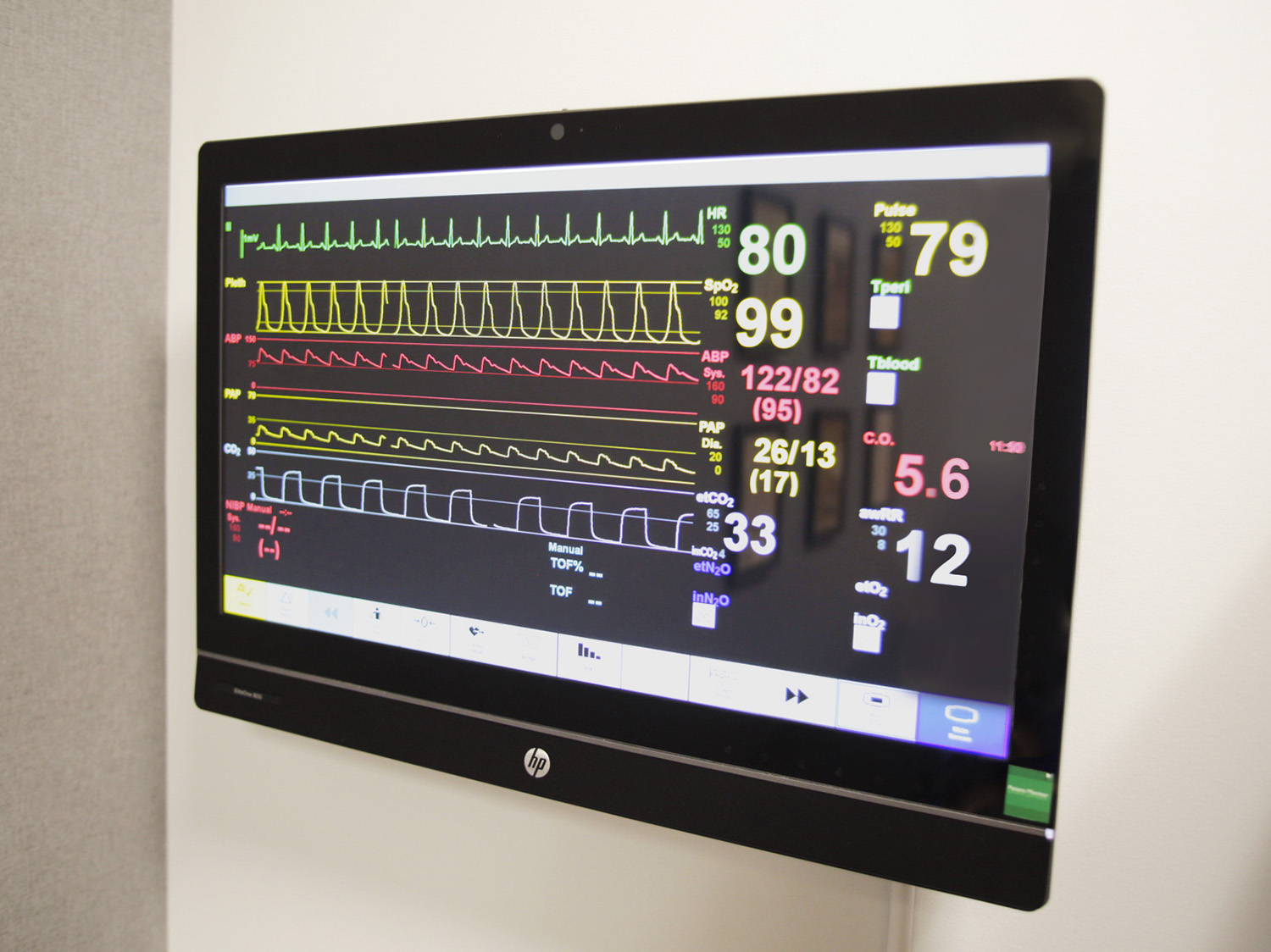
The simulation suite AV system is equipped with six 55-inch flat panel displays to give observers a bird’s-eye view of the activity around each “patient.” One of these displays is located in the overflow classroom. The rest are mounted above the location of the mannequin in each simulation room. For example, in the living room setting shown on the first page of this case study, the display is above the foot of the sofa where the “patient” lies supine. In the bedroom, there are two 55-inch displays—one above a bed, where an adult mannequin lies, and the other above a crib containing an infant mannequin. All six displays show the same PTZ camera feed, as selected in the control room. The matrix switcher routes the selected PTZ camera HDMI video output to a DTP HD DA8 4K 230 distribution amplifier which extends the signal long-distances over DTP shielded twisted pair cable runs to the six displays. Mounted behind each display is a DTP HDMI 4K 230 Rx receiver that converts the signal from DTP to HDMI.
To accompany the video shown on the 55-inch displays, the sounds captured by the ceiling mics in the simulation rooms are routed by the audio system to ceiling speakers in the simulation rooms. The AV control processor ensures that the sound heard from the speakers is from the same room being shown on the displays by commanding audio routing to select the mic feed from the same room as the currently selected PTZ camera. Sound from the selected microphone is also heard in the control room over a pair of SM 3 speakers that are driven by the stereo outputs of an MPA 152 Plus amplifier that receives its input from the audio DSP.
3. Instructors in Control Room Manage the AV System from a Touchscreen Display, Operate Mannequins from a Laptop
From the control room, instructors and their assistants can control the AV system and execute simulation scenarios from a single operator position. As seen in the images in this article, a laptop on the desk directly in front of the instructor runs simulation software from Laerdal Medical Corporation, makers of the medical mannequins. This software can run pre-programmed simulation scenarios, or the instructor can operate the mannequins on-the-fly. Physiological parameters are set, trends initiated, and actions logged. The Laerdal software provides “patient” vital signs to computer monitors in the simulation rooms.
A 24-inch touchscreen monitor at the control room instructor desk is used to control the AV system. The Wake Tech AV team designed the AV control GUI and the Inter Technologies installation team configured the control system using Global Configurator Professional. An IPCP Pro 350 control processor commands all AV system components via a network switch. The touchscreen AV control user interface on the 24-inch monitor is implemented via a TLI PRO 101 TouchLink interface unit, allowing live HDMI video from the simulation room PTZ cameras to be displayed within the AV control GUI.
Positive Results
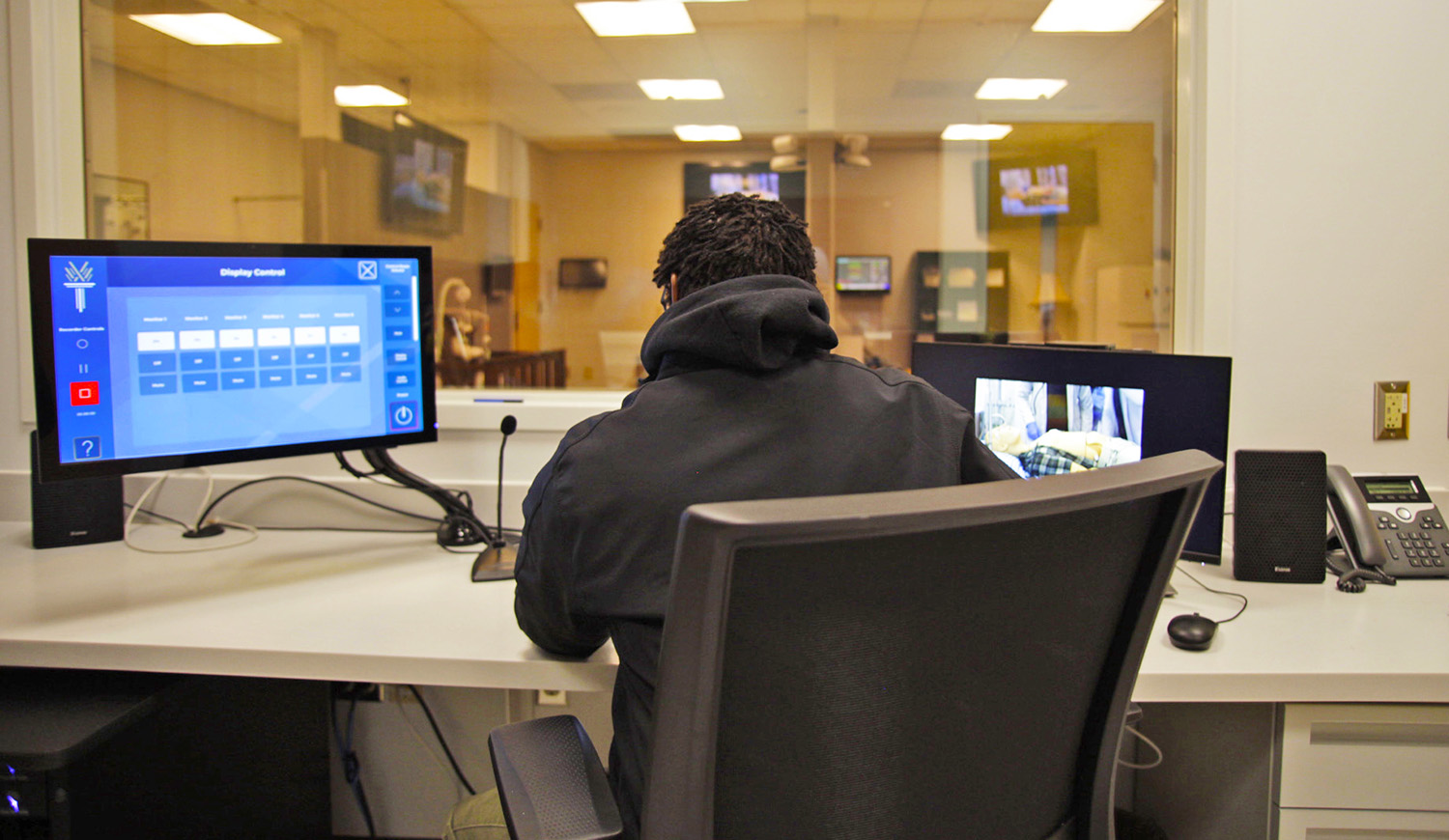
Jennifer Unitis, manager of academic computing, noted that since the beginning of her AV career, she has been hands-on with AV installations, whether creating designs, climbing ladders to run cables, or racking-up equipment. Being that close to the hardware, she realized early on the capabilities, ease of installation and operation, and reliability of Extron AV products. That’s made Unitis an enthusiastic Extron advocate wherever she’s worked. Along the way, she and her associates trained with Extron and earned several Extron AV technology certifications.
“I was glad to learn that the school is an almost 100% Extron campus, and that everyone on the AV team has one or more Extron certifications,” she noted.
[AV Network's top stories, product news, and expert insights]
Unitis affirms her AV team’s sentiments that “Extron was incredibly helpful in assisting with the design of the EMS simulation suite. They helped us create a solution that met all of our goals. We built a high-end simulation environment for a fraction of the normal cost of a system with this much capability. Faculty and students find the system easy to operate and are fully satisfied.” The simulation suite plays an integral role in helping Wake Tech meet its EMS program mission of “Serving the state of North Carolina as a leader in education for the emergency medicine profession.”
